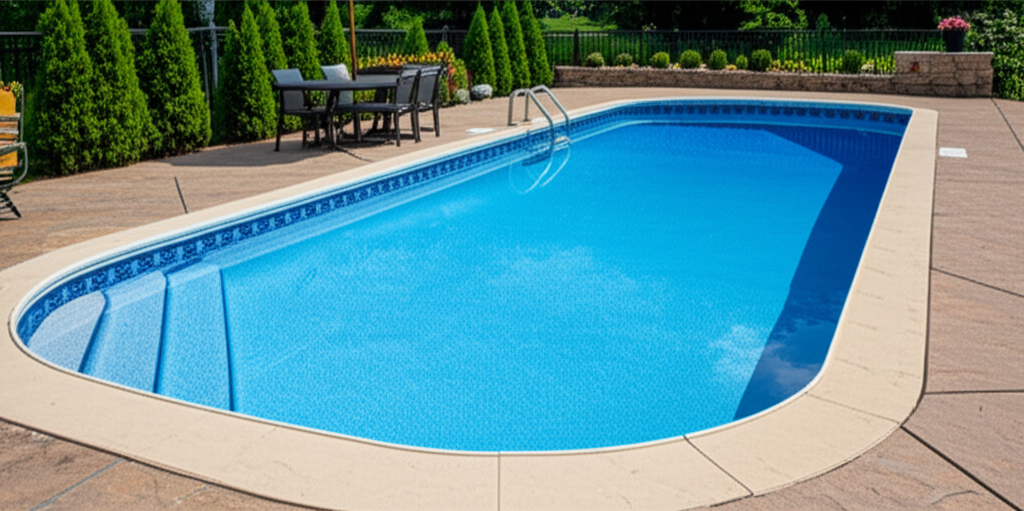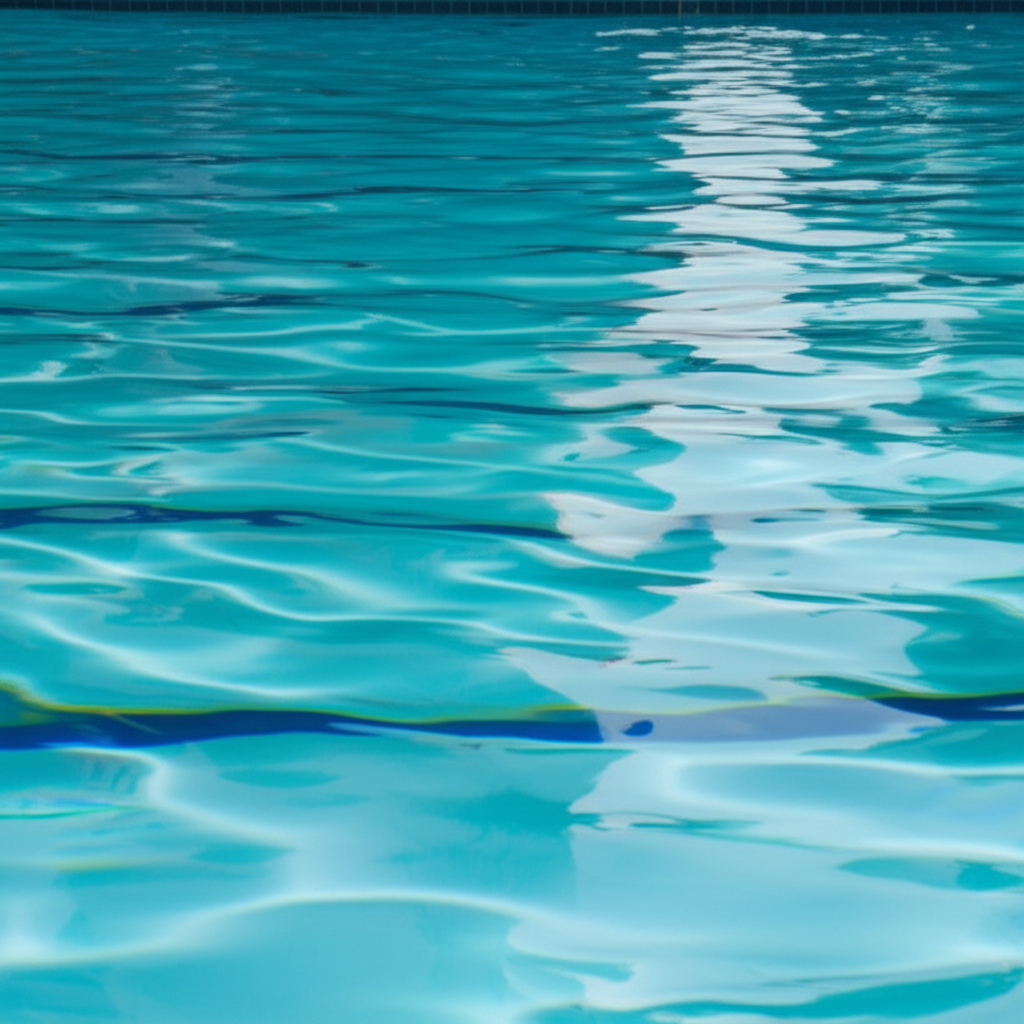- The Essential Role of Chlorine in Your Pool
- The Organic Chlorine Family: Stabilized Sanitizers
- Trichlor: The Steady Defender
- Dichlor: The Versatile Workhorse
- The Inorganic Chlorine Family: Unstabilized Powerhouses
- Cal-Hypo: The Heavy Hitter
- Other Inorganic Options
- Unlock Smart Pool Chlorine: Making the Right Choice
- Beyond Chlorine: The Importance of Water Balance
- Conclusion
Unlock Smart Pool Chlorine by understanding the fundamental differences between organic and inorganic chlorine types. For many pool owners, chlorine is simply “chlorine,” a necessary evil to keep their swimming oasis clean and safe. However, a deeper dive into the chemistry reveals distinct families of chlorine products, each with unique properties, advantages, and disadvantages. Knowing when and how to use products like Trichlor, Dichlor, and Cal-Hypo is key to efficient sanitization, preventing common pool problems, and ultimately saving time and money.
The Essential Role of Chlorine in Your Pool
Chlorine is the cornerstone of pool sanitation. Its primary job is to disinfect the water by oxidizing contaminants such as bacteria, algae, and other organic matter introduced by swimmers, leaves, and various environmental factors. When chlorine is added to water, it forms hypochlorous acid (HOCl), the active sanitizer. The effectiveness of this acid, and therefore your pool’s cleanliness, is heavily influenced by factors like pH levels and the type of chlorine product you choose.
The Organic Chlorine Family: Stabilized Sanitizers
Organic chlorine compounds are characterized by their inclusion of cyanuric acid (CYA) in their formulation. CYA acts as a “stabilizer,” protecting the chlorine from degradation by the sun’s harsh UV rays. This greatly extends the lifespan of the chlorine in outdoor pools, making it a popular choice for routine sanitization. However, managing CYA levels is crucial, as too much can hinder chlorine’s effectiveness.
Trichlor: The Steady Defender
Trichlor (short for Trichloro-s-triazinetrione) is perhaps the most common form of stabilized chlorine. It typically comes in slow-dissolving tablets or sticks, designed for continuous, long-term sanitization. With a high chlorine content (around 90% available chlorine), Trichlor is highly effective at maintaining a consistent chlorine residual.
Pros: Very convenient for daily chlorination, slow-dissolving nature provides steady chlorine release, stabilizes chlorine against UV.
Cons: Highly acidic (lowers pool pH), contributes significantly to CYA buildup over time, which can lead to “chlorine lock” if levels get too high. Regular water dilution or CYA reducer may be necessary.
Dichlor: The Versatile Workhorse
Dichlor (Dichloro-s-triazinetrione) is another stabilized form of chlorine, often available as granular shock or sometimes in tablet form. It has a slightly lower available chlorine content than Trichlor (around 56-62%) but dissolves much faster. This makes it suitable for both routine sanitization and as a shock treatment.
Pros: Fast-dissolving, effective for shocking or routine maintenance, pH neutral (has less impact on pH than Trichlor), also stabilizes chlorine against UV.
Cons: Also contributes to CYA buildup, though typically less per application than Trichlor due to fewer frequent high doses. More expensive than some other shock options.
The Inorganic Chlorine Family: Unstabilized Powerhouses
Inorganic chlorine compounds do not contain cyanuric acid. This means they are highly susceptible to breakdown by UV light, making them less ideal for continuous daily chlorination in outdoor pools without supplemental CYA. However, their unstabilized nature makes them incredibly powerful for shocking, addressing specific problems, and in indoor pools where UV degradation isn’t an issue.
Cal-Hypo: The Heavy Hitter
Cal-Hypo (Calcium Hypochlorite) is a potent, unstabilized chlorine, typically found in granular form for shocking treatments. It boasts a high available chlorine content (65-75%) and acts quickly to eradicate contaminants.
Pros: No CYA contribution, making it excellent for shocking when stabilizer levels are already high. Very effective at killing algae, bacteria, and breaking down chloramines. Adds calcium to the water, which can be beneficial for maintaining proper calcium hardness levels (preventing plaster etching).
Cons: Unstabilized (fast depletion in sunlight), raises pool pH, adds calcium to the water (can lead to high calcium hardness and scaling if not monitored), can cause cloudiness temporarily. Should be pre-dissolved before adding to the pool to prevent bleaching or etching surfaces.
Other Inorganic Options
Sodium Hypochlorite: Liquid chlorine or household bleach. It’s unstabilized, inexpensive, and effective, but unstable (loses potency quickly), adds salt to the water, and significantly raises pH.
Lithium Hypochlorite: A less common, fast-dissolving granular shock. It’s unstabilized and won’t contribute to calcium or CYA levels, but it’s typically more expensive.
Unlock Smart Pool Chlorine: Making the Right Choice
Choosing the right chlorine isn’t about declaring one type superior; it’s about understanding the nuances of your pool’s needs. The smartest approach often involves a combination of products.
1. Routine Sanitization: For daily maintenance in outdoor pools, `Trichlor` tablets or sticks are often the most convenient due to their slow-dissolving nature and UV protection. Just be mindful of CYA levels, testing them every few weeks.
2. Shocking and Problem Solving: When dealing with algae, cloudy water, or high chloramines, an unstabilized product like `Cal-Hypo` is usually preferred. It provides a powerful, fast-acting chlorine boost without pushing CYA levels higher. `Dichlor` can also be used for shocking, especially if you also need to incrementally increase your CYA, or if you prefer a product that has less impact on pH.
3. Managing CYA: If your cyanuric acid levels start to climb too high (e.g., above 50-80 ppm, depending on local recommendations), you’ll need to shift away from stabilized products like Trichlor and Dichlor. This is when `Cal-Hypo` or liquid chlorine become invaluable for shocking and ongoing sanitization until CYA levels can be reduced (usually through partial draining and refilling).
4. Indoor Pools: Since UV degradation isn’t a concern, unstabilized chlorine products like `Cal-Hypo` or liquid chlorine are excellent choices, as they entirely avoid the issue of CYA buildup.
Beyond Chlorine: The Importance of Water Balance
No matter which chlorine type you use, its effectiveness is intrinsically linked to overall water balance. Regularly testing and adjusting your pH, alkalinity, and calcium hardness is paramount. A balanced pool environment ensures your chlorine works efficiently, prevents equipment damage, and provides a comfortable swimming experience. For instance, if your pH is too high, hypochlorous acid converts to the less effective hypochlorite ion, reducing your chlorine’s power.
Conclusion
Navigating the world of pool chlorine doesn’t have to be daunting. By distinguishing between organic and inorganic options and understanding the specific roles of Trichlor, Dichlor, and Cal-Hypo, you can make educated decisions that lead to a cleaner, safer, and more enjoyable swimming experience. Rather than blindly adding chemicals, become an informed pool owner who strategically utilizes the right products at the right time. This intelligent approach to pool care is truly the key to unlocking a sparkling, problem-free pool all season long.


